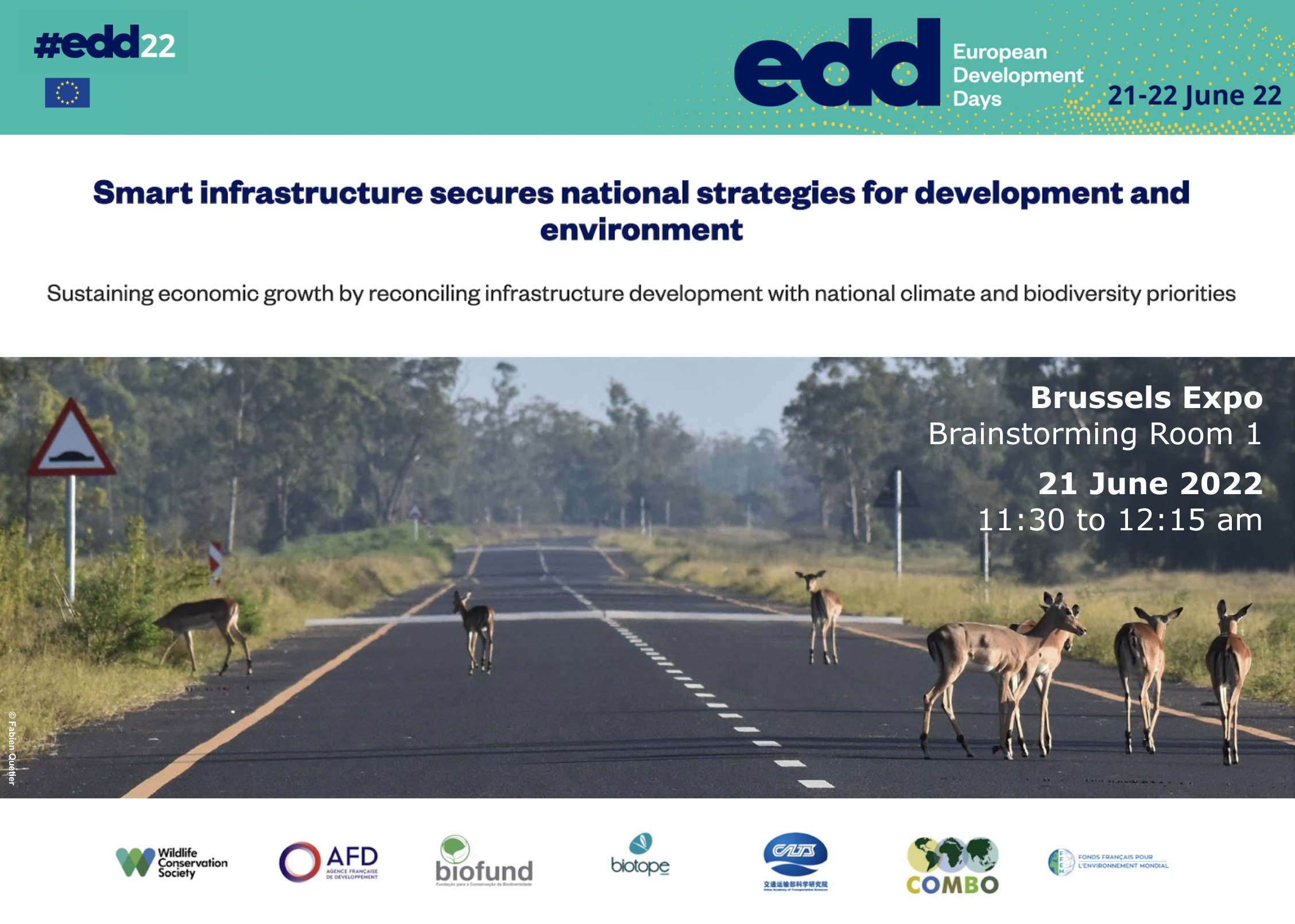
Smart infrastructure secures national strategies for development and environment
The Wildlife Conservation Society (WCS) and partners organised a brainstorming session on sustaining economic growth by reconciling infrastructure development with national climate and biodiversity priorities at the European Development Days (EDDs) on June 21st in Brussels. For more information about the EDDs, click here.
Economic development and improved livelihoods for people are clear priorities for countries globally. Infrastructure investment and expansion are projected to grow in the coming decades, bringing many people out of poverty. Global climate targets from COP26 in 2021 and the developing Global Biodiversity Framework around COP15 in 2022 inform national strategies. People and economies benefit from reduced climate risk and from the integrity of nature. Sustaining benefits from infrastructure development is more likely if climate and biodiversity outcomes are integrated into transport planning. During this brainstorming session, participants discussed questions based on the COMBOprogram.org and the China Academy of Transportation Sciences (CATS) experience supporting public and private sectors and civil society to reconcile economic development with climate and biodiversity priorities.
The speakers included:
- Dr. Hugo RAINEY, Senior Advisor, Business & Conservation, WCS (PowerPoint)
- Dr. Yun WANG, Research Professor, CATS (PowerPoint)
- Ms. Denise NICOLAU, Biodiversity Offsets Program Coordinator, BIOFUND (PowerPoint)
- Ms. Suzanne COTILLON, Biodiversity consultant, Biotope (PowerPoint)
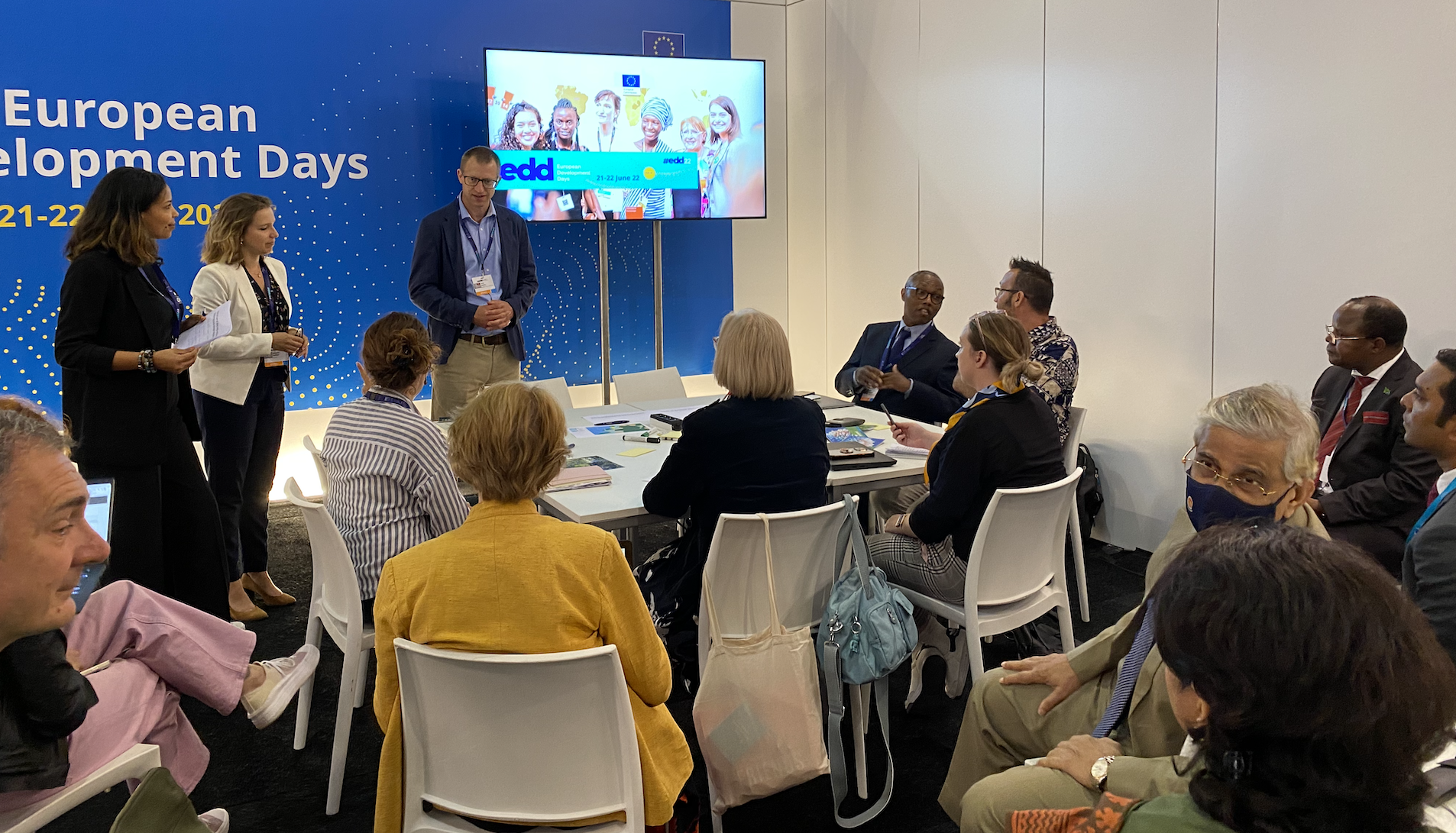
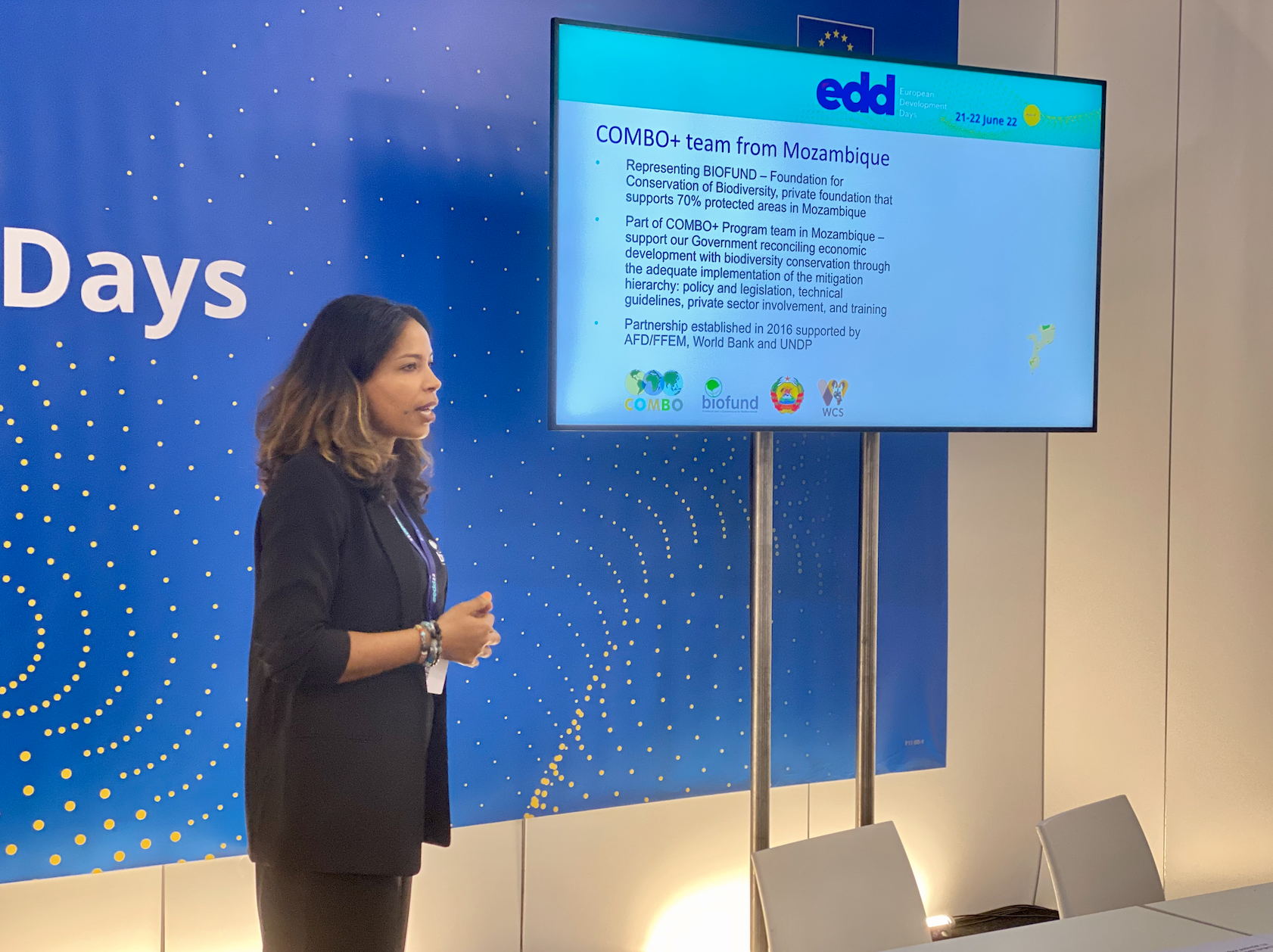
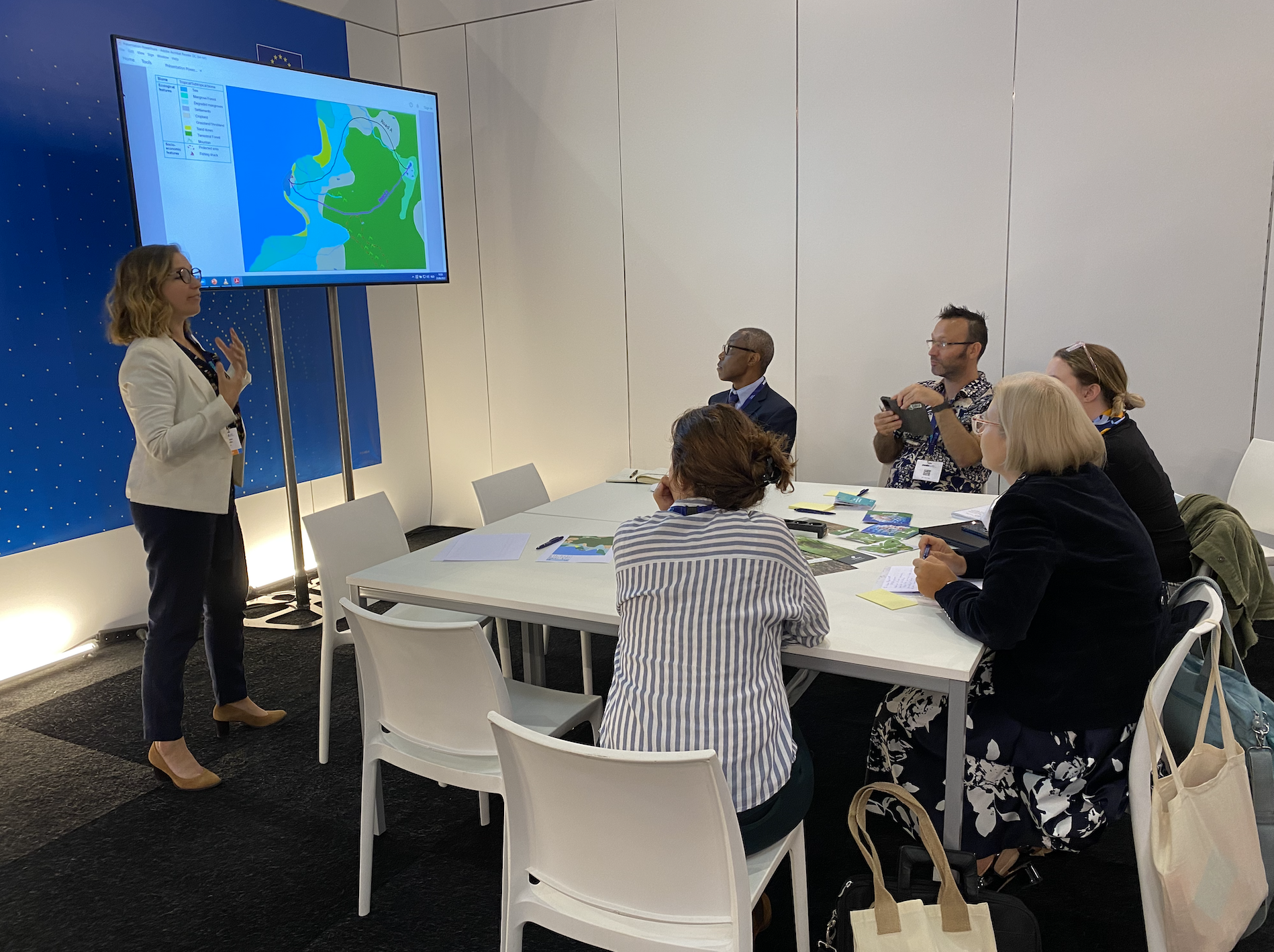
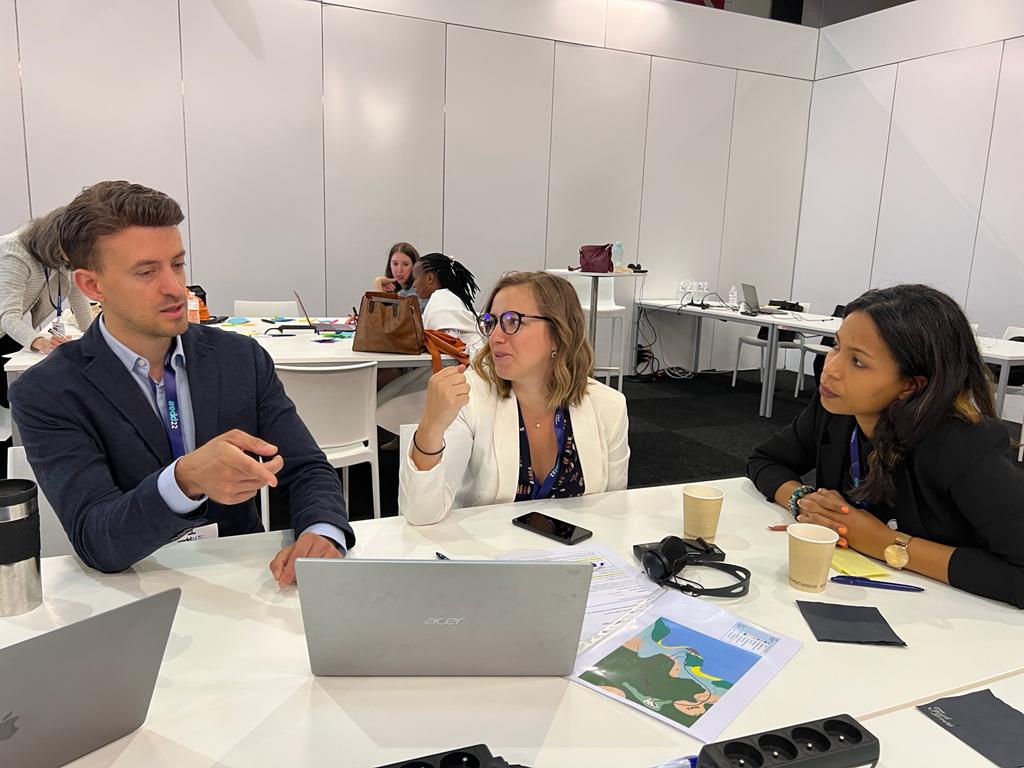
Dr. Hugo Rainey opened the brainstorming session and presented the COMBO program, which aims to reconcile economic development and conservation objectives. Dr. Rainey stressed that national sustainability targets aligned with the Global Biodiversity Framework and the Glasgow Climate Pact are challenges for all sectors to achieve. Understanding what these mean for the transport sector requires integrating biodiversity and climate priorities into infrastructure planning and development. WCS, Biotope, BIOFUND, and other partners have supported national governments in defining new policies through the COMBO approach. The COMBO partners work with stakeholders from the public and private sectors to understand and apply a policy that helps progress toward national biodiversity and climate priorities. These include considering how roads may be best routed to avoid the most intact forests and the communities that rely on forest resources (see the PowerPoint presentation).
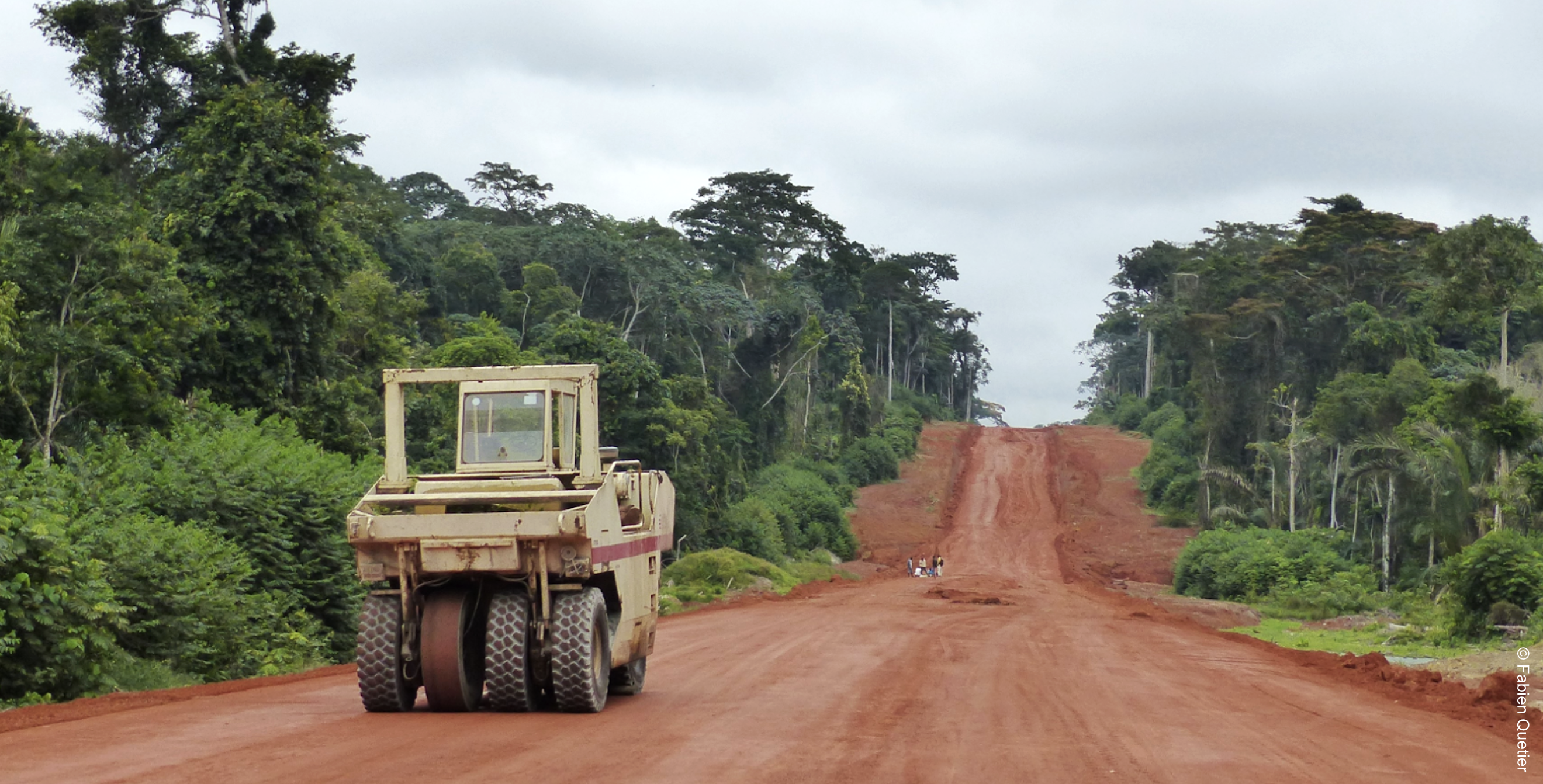
Dr. Wang started his presentation with the key question of “how to address biodiversity impact of transportation infrastructure?” and provided a brief review of the global status of transportation expansion and potential impacts on endangered species and ecosystem connectivity. The loss of biodiversity accelerates the “global infrastructure tsunami”. To respond to the key question and generate discussion among participants, Dr. Wang then introduced the increasing attention of the transportation sector on ecology and conservation in China, with a specific case about the ongoing effort to address the biodiversity impact through collaboration between transportation agencies and authorities of the Tiger and Leopard National Park in northeast China. By the end of the presentation, Dr. Wang highlighted the importance of considering biodiversity risks and impact in the full cycle of investment and projects, as well as of enhancing communication and collaboration between conservationists and transportation engineers. He also called for more cost-effective and innovative technology to address biodiversity impact and long-term monitoring needs (see the PowerPoint presentation).
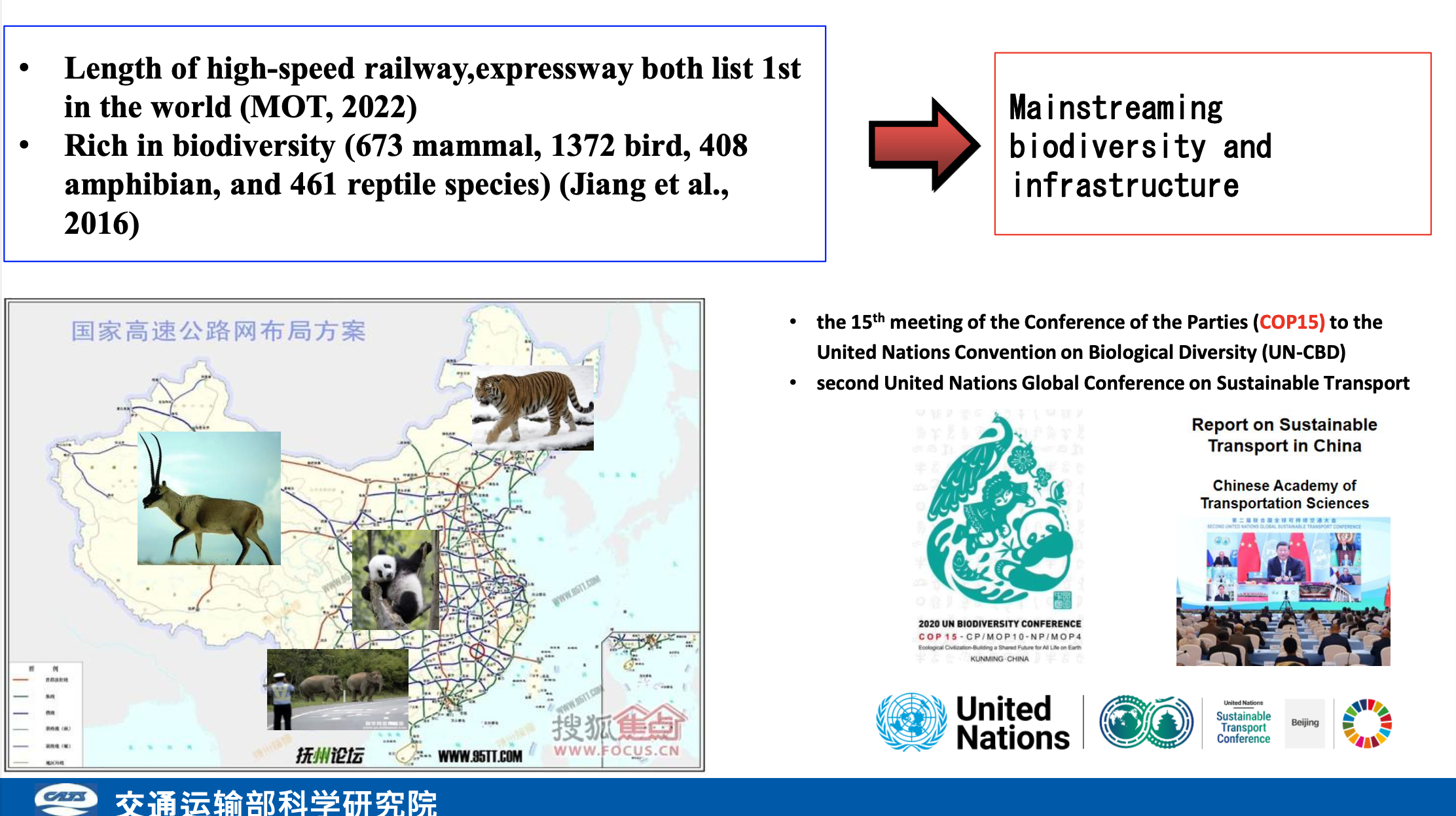
Suzanne Cotillon addressed the question of “how can the use of data help reduce the risk of roads to achieving biodiversity and climate targets?” and provided an example of Biotope’s work to mitigate biodiversity and climate risks generated by the future Transgabonese road project in Gabon. To respond to the key question, she explained how species data collected by Biotope contributed to increasing knowledge on the great biodiversity existing in the Gabonese tropical forest, but also was a valuable decision-making tool to identify the less impacting route across the landscape for the Transgabonese road project. Suzanne highlighted the importance of collecting data at the beginning of an infrastructure development project to first try avoiding impacts on biodiversity, in order to reduce the project's ecological debt, before even considering reducing or offsetting biodiversity and climate impacts (see the PowerPoint presentation).
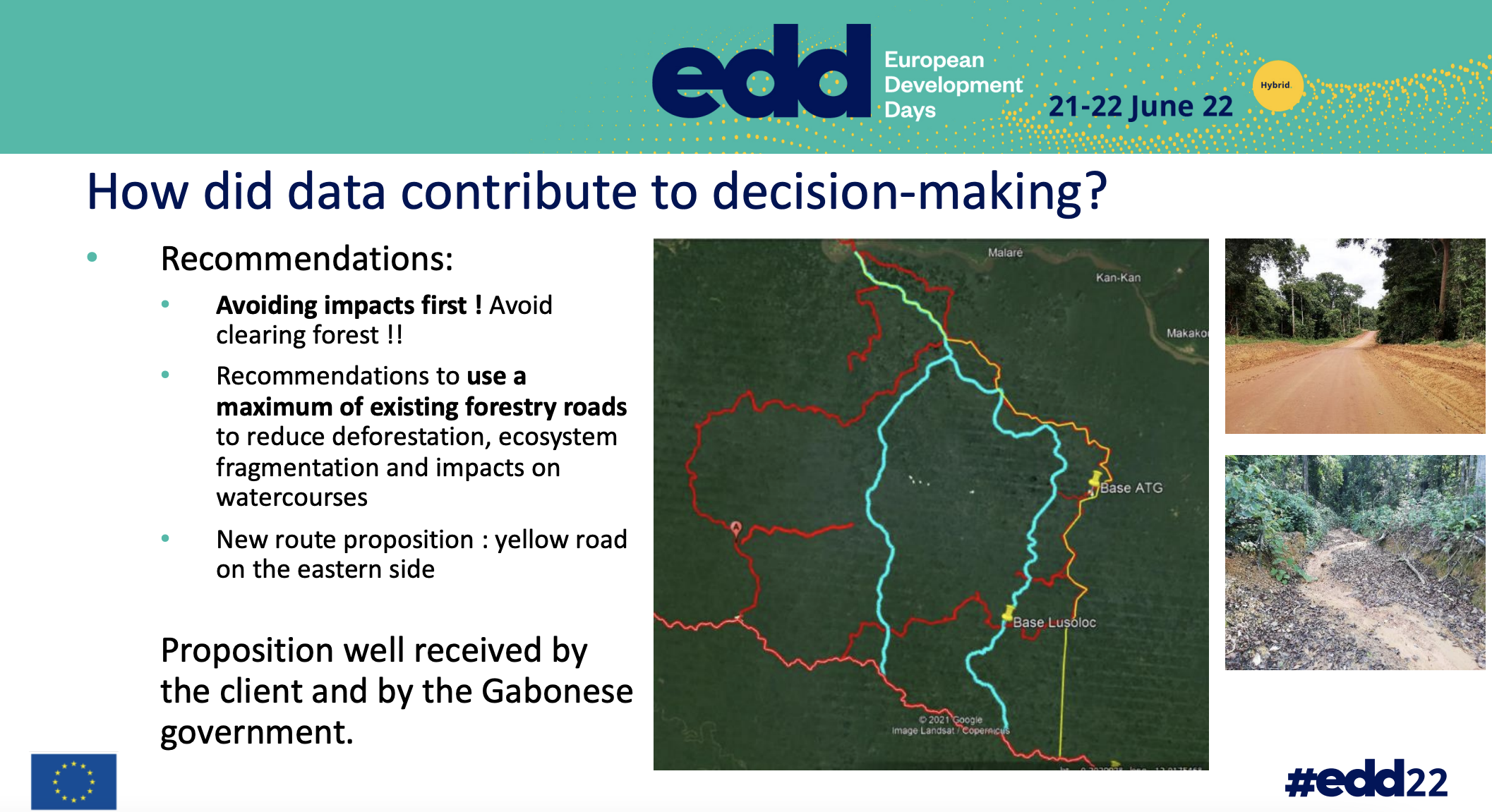
Denise Nicolau presented the case study of Mozambique implementing policies and strategies to reduce impacts on biodiversity. The case of recent leadership of the Government of Mozambique developing the regulatory framework for biodiversity offsets implementation brings new opportunities to promote the mitigation hierarchy as a practical solution to support sustainable development and prioritize biodiversity's most important values in the country. Denise highlighted that since 2016 the COMBO+ Program (WCS and BIOFUND) has been supporting the Government of Mozambique in developing policies and technical instruments as well as building multistakeholders capacity for an effective and successful implementation of the mitigation hierarchy (see the PowerPoint presentation).
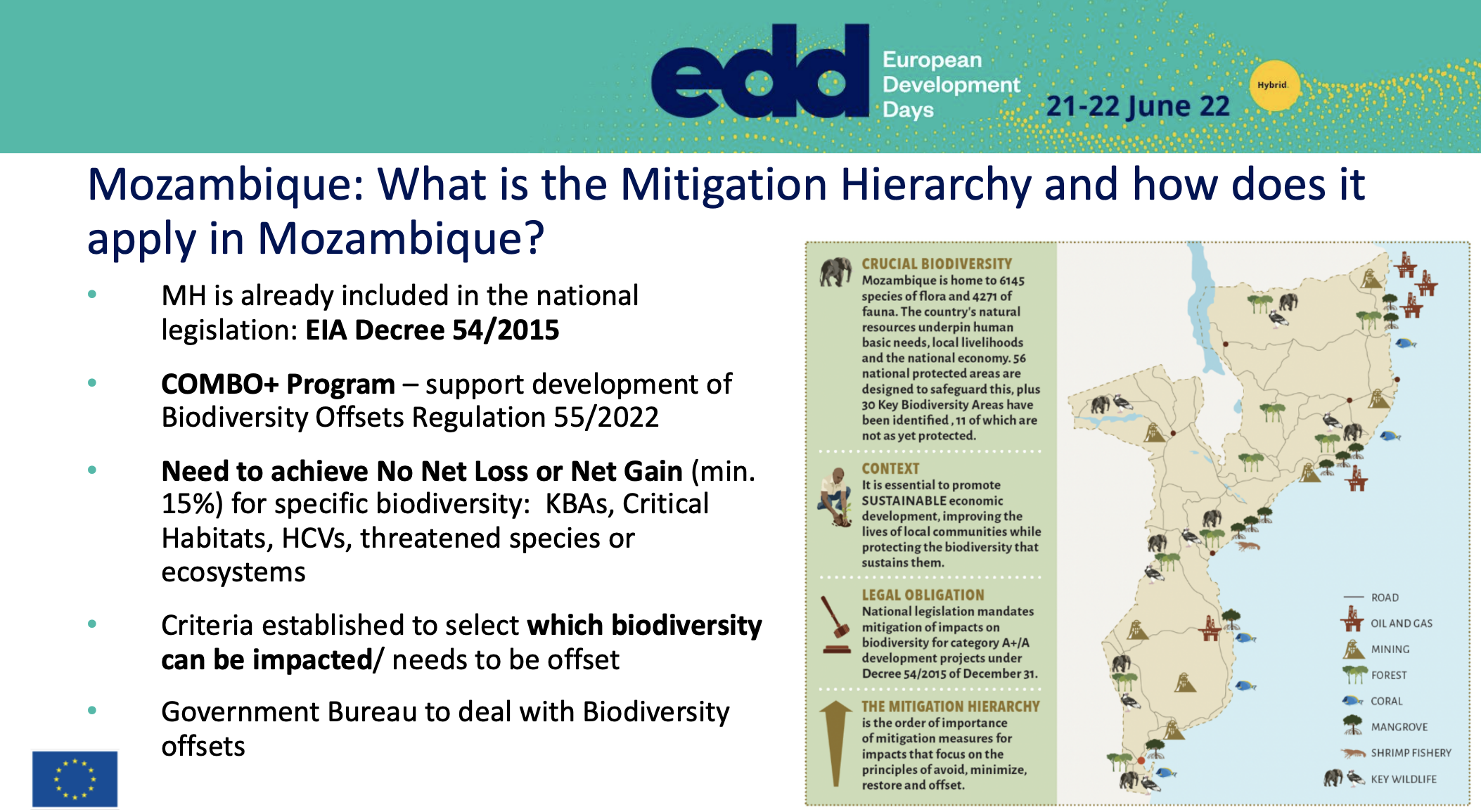
Visual summary of the main outcomes of the session
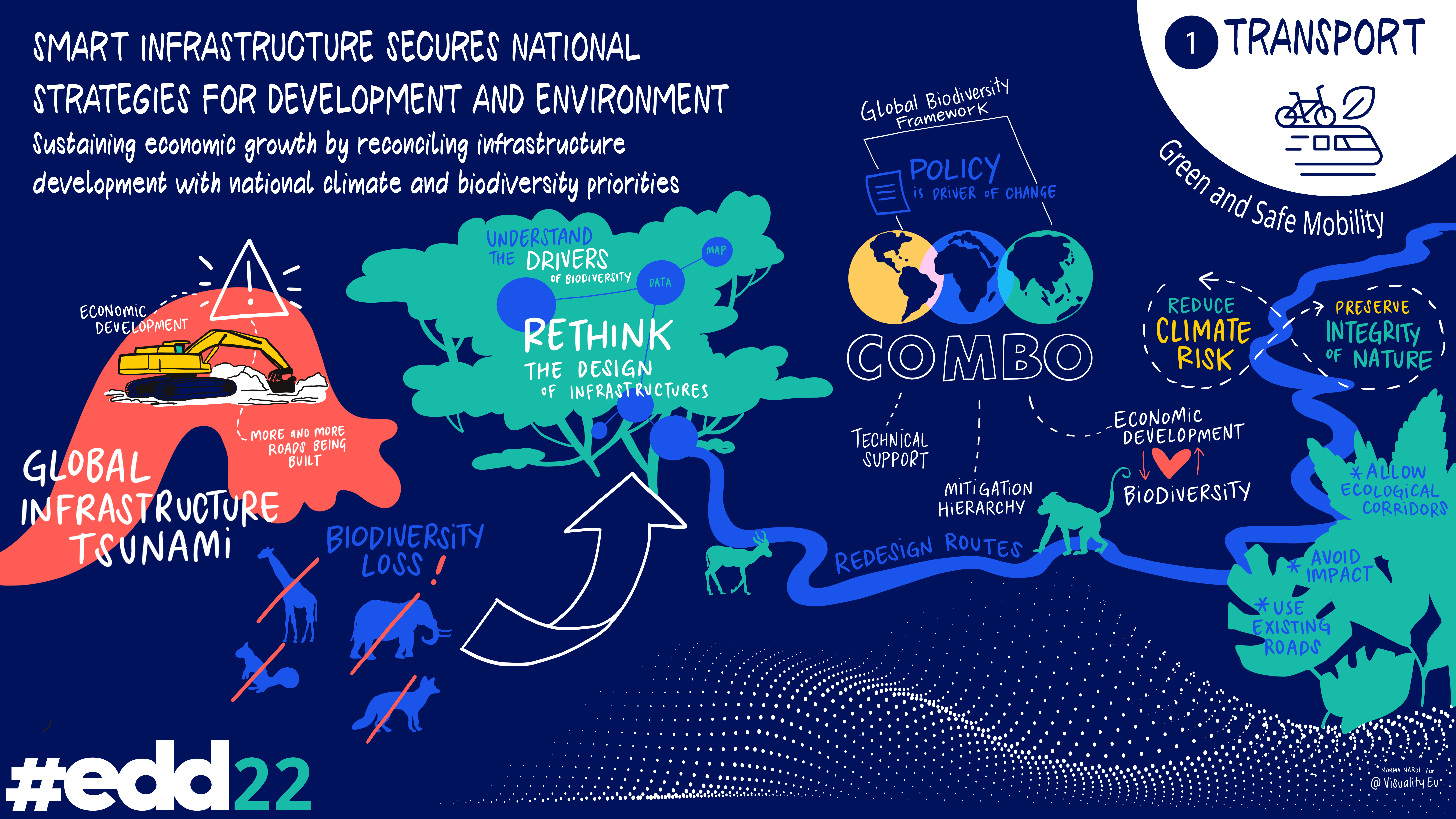
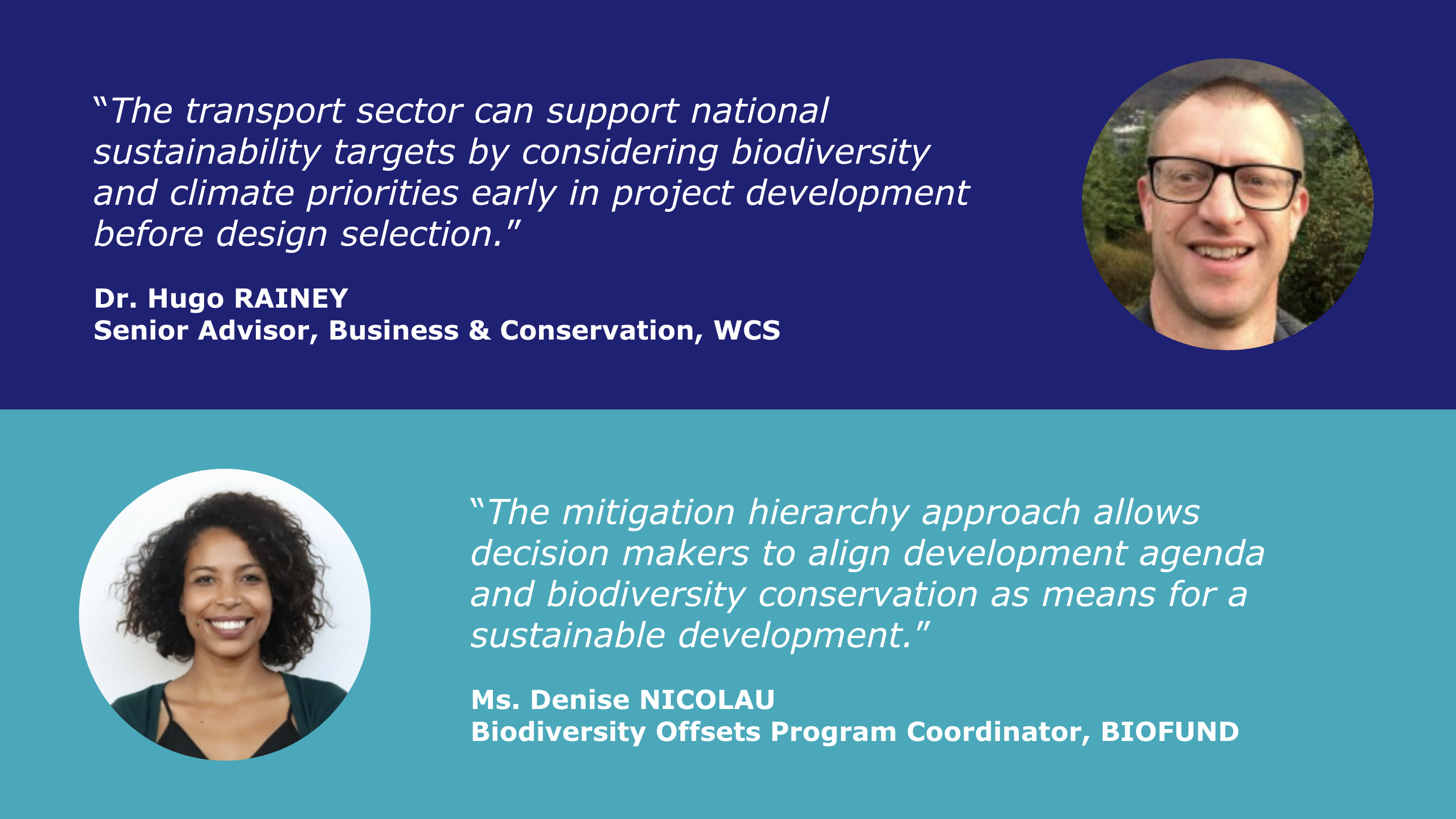
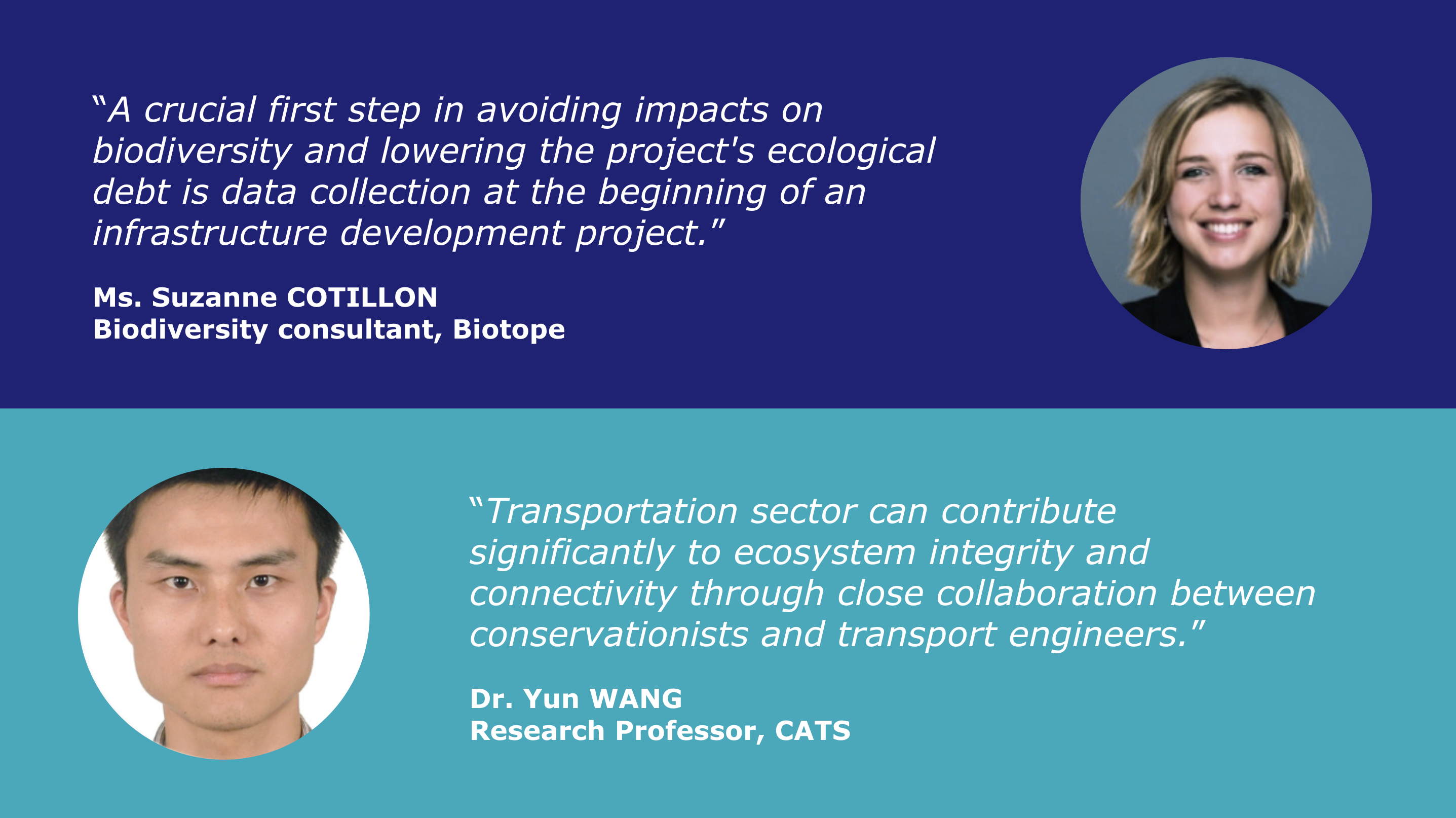
For more information, please contact:
Hugo Rainey: hrainey@wcs.org
Arnaud Goessens: agoessens@wcs.org
READ MORE
COMBO Program
Impact Mitigation
Transport Ecology